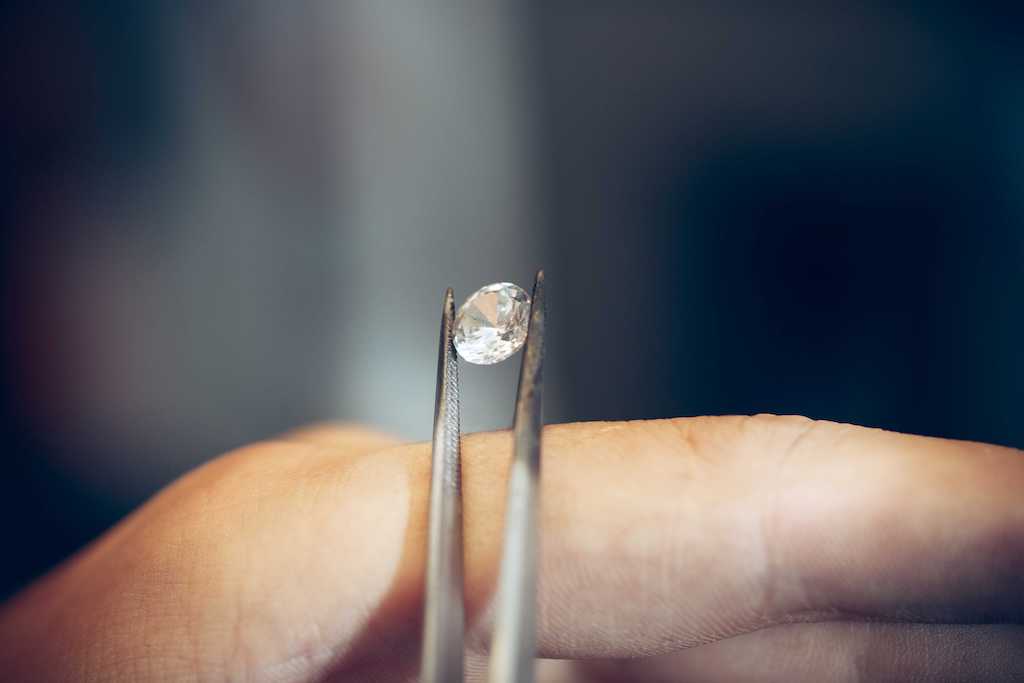Lab-grown and mined diamonds are hardly distinguishable from each other. Both are identical in appearance and chemical composition. The few subtle differences result from the growth process and do not reflect their quality. These differences can only be determined by specially trained gemologists using advanced equipment developed specifically for this purpose.
Lab-grown vs. mined diamonds: Morphology
The main difference between mined and lab-grown diamonds is their morphology - their natural shape before cutting and polishing. Mined diamonds have the shape of an octahedron. HPHT diamonds have the shape of a cuboctahedron, while CVD diamonds, like VRAI diamonds, have the shape of a cube. Their natural morphology does not affect their appearance once they are cut and polished into the desired shape. Mined diamonds also contain traces of nitrogen from the soil in which they were formed.
Lab-grown vs. mined diamonds: Inclusions
Both mined and lab-grown diamonds have inclusions that occur naturally during the growth process. Both origins occasionally produce flawless diamonds that are rare and very valuable. Both mined and man-made diamonds must be graded for clarity on a scale from flawless to 'with inclusions'. Diamond simulants, such as cubic zirconia, do not have these inclusions and therefore cannot be graded for clarity. This is related to their chemical composition, not the laboratory process.
Lab-grown vs. mined diamonds: "Sparkle"
Lab-grown and mined diamonds "sparkle" in the same way - because they are both real diamonds. However, the term jewellers and gemologists use to describe sparkle is brilliance.
The brilliance of a diamond is based on its ability to reflect or refract light. Light enters a diamond and is then reflected off its inner surfaces, called facets. This light interacting with the different surfaces of the diamond gives it its brilliance. The display of white light inside a diamond is an indicator of the authenticity of a diamond, regardless of its origin.
The brilliance of a diamond depends on its cut. A poorly cut diamond will not shine as brightly as a diamond with a high quality cut. Diamond simulants, such as cubic zircon, do not refract light in the same way and have little or no brilliance.
Lab-grown vs. mined diamonds: "fire"
Rainbow-coloured or coloured light is referred to as the "fire" of a diamond. However, the fire of a diamond should only appear on the outer surfaces of a diamond, regardless of whether it was man-made or mined. If you look closely at a stone and rainbow colours appear on the inside, it is probably synthetic.
Moissanite and zirconia are known to reflect a lot of rainbow coloured light. Although some love these colours, the "disco ball effect" that occurs when either stone is exposed to natural light is one of the easiest ways to recognise them as imitations rather than real diamonds.
Image: Adobe Stock | 214107842



Share:
The three leading certificates for laboratory diamonds
Moissanite vs. Diamond